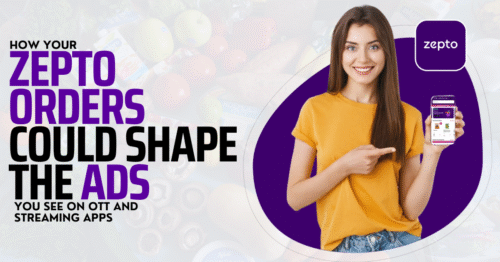🚲 Introduction
What if the future of retail didn’t involve warehouses, inventory, or real estate?
That’s exactly the path Dunzo has taken—quietly rewriting the rules of urban delivery by owning nothing, yet delivering everything.
While big players race to build dark stores and mega-fulfillment centers, Dunzo focuses on speed, software, and street-level intelligence. From delivering a phone charger you forgot at a friend’s house, to restocking groceries late at night—Dunzo does it all without a single shelf of its own.
Here’s how Dunzo scaled hyperlocal delivery in India’s most chaotic cities—without ever needing to stock a thing.
🧠 What Makes Dunzo Different?
1. Digital First, Physical Nowhere
Dunzo doesn’t “own” the delivery. It orchestrates it.
Every delivery is powered by a digital match:
A user places an order
A local store gets notified
A gig rider picks it up
Real-time tracking manages every step
Dunzo sits in the middle of the triangle—connecting people, stores, and delivery partners.
2. Built Around Urban Behavior
Instead of building large systems and forcing users to adapt, Dunzo did the opposite—it studied urban pain points:
No time for errands?
Need something urgently from across town?
Want to avoid traffic?
Dunzo turned these frustrations into a business model by making “running errands” digital.
3. No Inventory = No Overhead
Inventory is expensive. Dunzo skipped that risk entirely:
No warehouses
No stockpiling
No logistics investments
💡 Result? A flexible, low-cost model that can scale city by city, street by street.
💥 The Dunzo Ecosystem in Motion
| Role | Function |
|---|---|
| User | Orders anything from the app (groceries, medicine, a forgotten charger) |
| Merchant | Fulfills order via their own local stock |
| Delivery Partner | Picks up and delivers on a task basis |
| Dunzo App | Coordinates it all with maps, payments, and communication |
This real-time network is powered by machine learning, micro-routing, and behavioral data—not buildings.
🌆 Hyperlocal, Not Hypernational
Instead of expanding nationwide fast, Dunzo:
Focused on small zones within metros
Built deep density in places like Koramangala, Indiranagar, BTM Layout
Prioritized repeat usage over mass expansion
This helped them refine operations and improve profitability per km—a key metric in urban logistics.
🔑 Success Factors
✅ Task-Based Start
Dunzo started not as a grocery delivery app—but a “do-anything” concierge. This built trust and habit early:
“Deliver my keys”
“Pick up laundry”
“Bring food from that non-Zomato outlet”
Before quick commerce even had a name, Dunzo had a market.
✅ Trust from Local Stores
Instead of displacing mom-and-pop stores, Dunzo partnered with them:
Gave visibility to small businesses
Offered digital payments and tracking
Let them sell without tech know-how
Local vendors became allies—not competitors. This reduced inventory risk and increased order variety.
✅ Night Owl Utility
Dunzo won loyalty by being the only app open at 2 AM when you needed snacks, meds, or a late-night recharge.
It became part of the daily grind and emergency kit—a rare combination in app behavior.
📈 Key Milestones
| Year | Milestone |
|---|---|
| 2015 | Dunzo launches via WhatsApp in Bengaluru |
| 2017 | Raises funding, launches app |
| 2019 | Google backs Dunzo—first Indian investment |
| 2020 | Hits 2 million monthly transactions |
| 2021 | Launches Dunzo Daily in select zones |
| 2023 | Enters new cities with zero store ownership |
💰 Revenue Without the Baggage
Dunzo earns from:
Delivery charges (paid by customers)
Commission from stores
In-app promotions
B2B logistics (Dunzo for Business)
Subscription plans for priority delivery
It proves you don’t need inventory to monetize delivery—just access and timing.
⚠️ The Roadblocks
No model is perfect. Dunzo faces:
Low margins in small-ticket deliveries
High delivery costs during peak hours
Driver retention challenges
Quick-commerce competitors with deeper pockets
But Dunzo’s strength is agility—not scale.
🔭 What’s Next?
Expanding Dunzo Daily with dark-store hybrids (small storage zones)
Strengthening B2B delivery partnerships
Exploring AI demand prediction to lower cost/km
Possibly entering Tier 2 cities with micro-logistics clusters
Dunzo isn’t just a delivery brand now—it’s a habit.
Read
How Your Zepto Orders Could Shape the Ads You See on OTT and Streaming Apps
📌 Conclusion
In the age of asset-heavy startups and billion-dollar warehouses, Dunzo chose a different path: build nothing, move everything.
By staying agile, partnering with the streets, and listening to the urban pulse, Dunzo created one of India’s most unique delivery ecosystems—without the weight of owning a single store.
This is not just a case study in logistics. It’s a blueprint for the future of urban commerce.
Read







